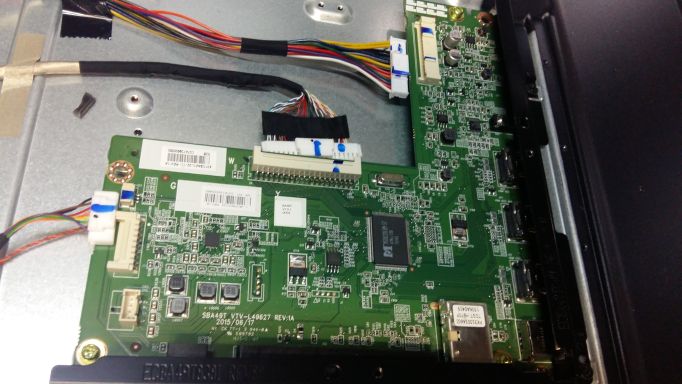In this software, you can view and edit binary and hexadecimal data. To view binary data, it offers various modes like UTF-8, UTF-16 (to toggle between little and big-endian), hexadecimal mode, etc. Similar to viewing features, it also offers some official firmware file useful binary data editing tools which you can easily use.
In this entire process, users are able to easily get past the first step of extracting TAR and getting LZ4. However, it’s the subsequent step of extracting the LZ4 file that proves to be challenging for some users.

Continuing with the previous example, if the random generator now writes all possible values of a byte sequentially in our file, the entropy is triggered to its maximum. If the information source is random, that information source can use all bytes so its “randomness” is high. As with hexdump, base64 is a useful format for transmitting an encoded binary over a channel that only supports printable characters.
- BIN files store some information in plain text, but the majority of the file’s information is stored in an encrypted format that can be read only by a Wii.
- Similar to viewing features, it also offers some useful binary data editing tools which you can easily use.
- I was thinking it might just be one big executable OS file, but wasn’t so sure.
- There are different formats that can contain a file system in a firmware image.
In some cases, there are forums specialized in a type of IoT devices where you can find information discovered by other researchers and even extraction tools, although it is not common. In information theory, the entropy of data source is a measure of the average amount of information obtained for every character. Compression algorithms also produce results with high entropy. A study of the entropy across a firmware image, therefore, can reveal encrypted or compressed sections. Before trying to identify the sections with file systems, to understand their contents, it is useful to identify the format of the firmware image.
